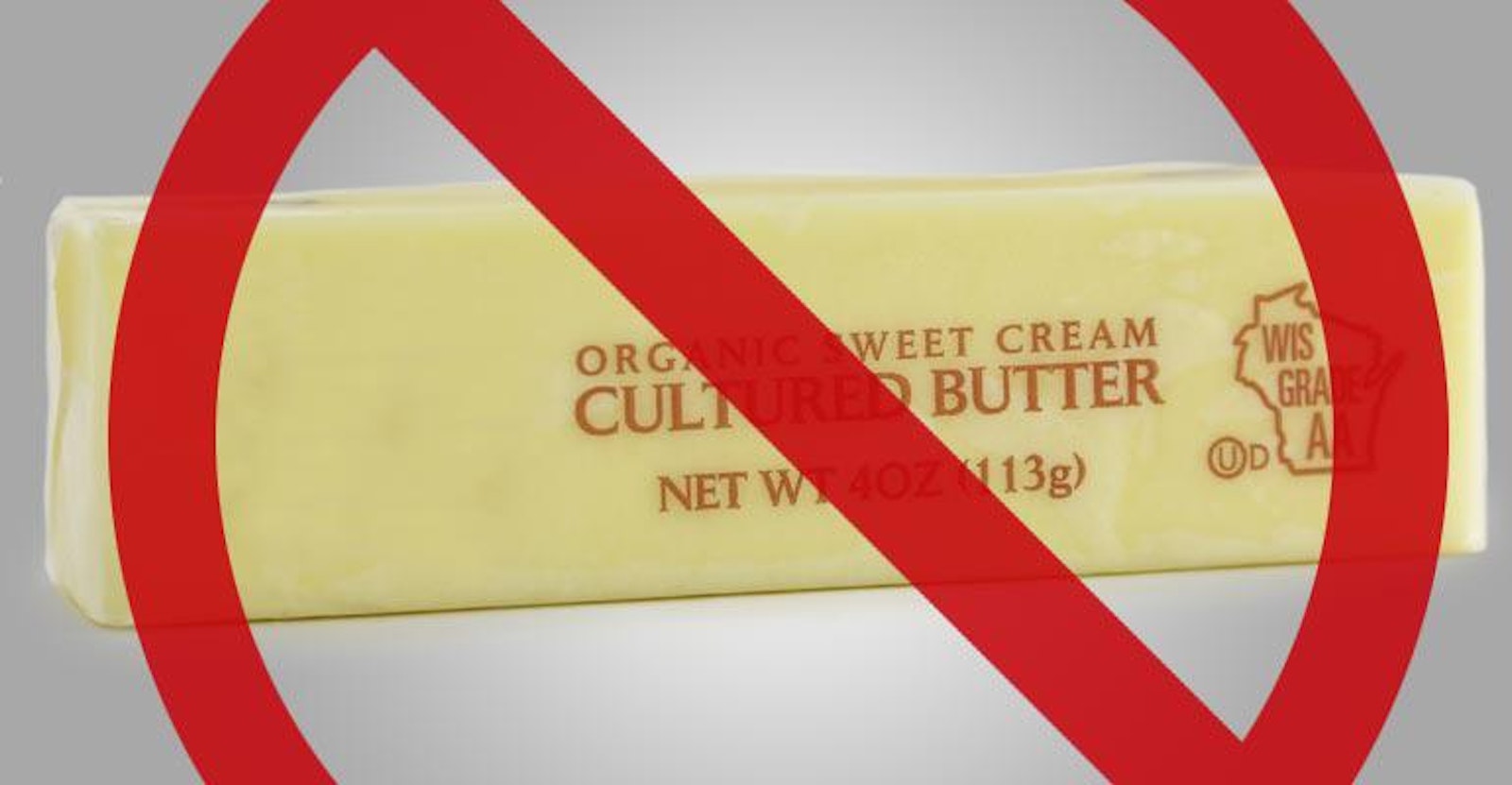Continuing on our trek down the list of Beer Judge Certification Program (BJCP) off flavors, today we come to number four: diacetyl. Commonly described as having an artificial butter flavor (think movie theatre popcorn) that leaves your mouth feeling like an oil slick, diacetyl is actually produced in varying amounts by all yeast strains in all kinds of fermentations.
Bacteria can make diacetyl, too. If you’ve ever tasted a California Chardonnay that reminded you more of butter than of wine, then you’ve experienced firsthand an extreme example of malolactic fermentation, a bacterial process in which malic acid is converted to lactic acid and, you guessed it, diacetyl.
In certain beer styles, particularly those from the British isles, a small amount of diacetyl is acceptable. It should never approach the level of a California Chardonnay butter bomb, but a small amount can complement the fruity esters of indigenous yeasts. On the other hand, any perceptible diacetyl is strictly verboten in German lager brewing, and brewers go to great lengths to be rid of it.
Want to learn to brew better beer? Get started today with Craft Beer & Brewing's online classes!
So, we’ve established that diacetyl comes from fermentation and that it’s generally undesirable. How do we control it? Here’s how to keep the butter to a minimum.
- Temperature (I): A temperature rise near the end of fermentation boosts yeast metabolism and encourages our favorite microbes to reabsorb diacetyl and convert it into less-offensive compounds. This has a special name among lager brewers, the diacetyl rest. Typically a 10°F (6°C) increase is enough to wipe out the butter, although some homebrewers ramp the temperature by up to 25°F (14°C).
- Time: Yeast needs time to get rid of diacetyl, so don’t rack too early. Let the young beer remain in contact with the yeast for a week or so after it hits final gravity.
- Temperature (II): Packaged beer that contains diacetyl’s precursor, alpha acetolactate, will, over time, develop higher levels of diacetyl as the alpha acetolactate degrades. Heat accelerates this conversion, so store your bottles cold.
- Sanitation: Remember, diacetyl isn’t just a yeast thing. Bacteria can make it, too. So make sure your sanitation practices are up to snuff to avoid buttery surprises down the road.
We all love butter, just not in our beer. But armed with an understanding of how this off flavor is produced and some basic attention to detail, you can defeat diacetyl and keep it where it belongs: in the microwave popcorn you eat while drinking your homebrew.

